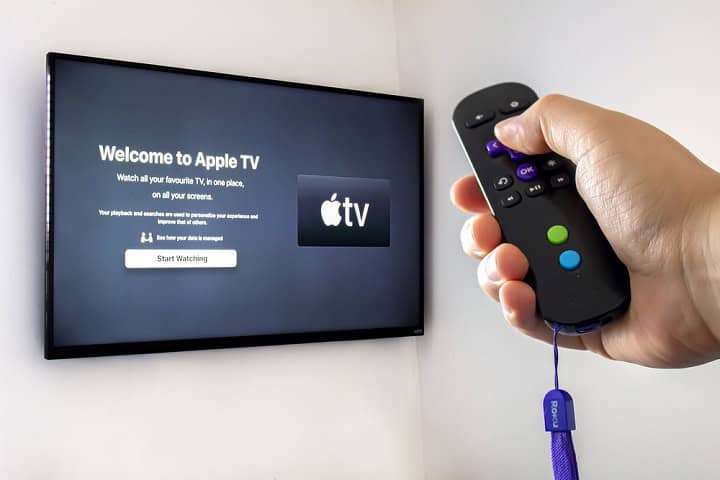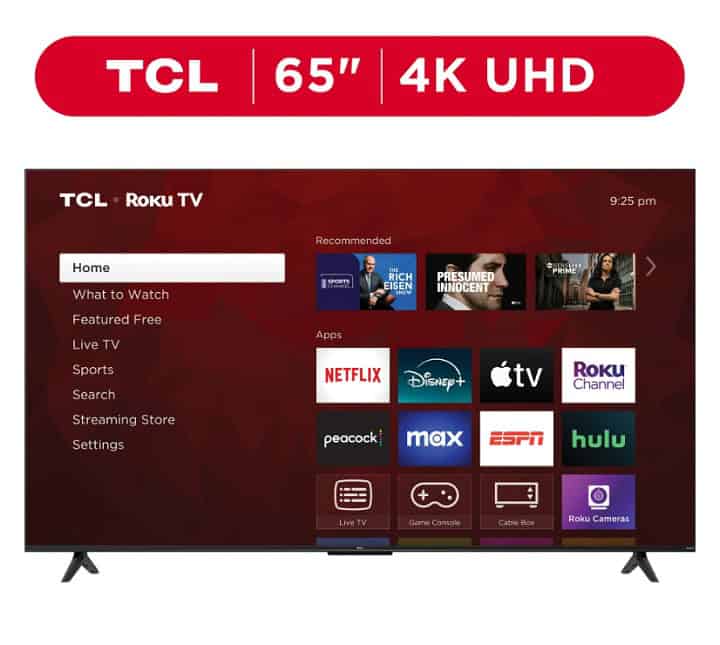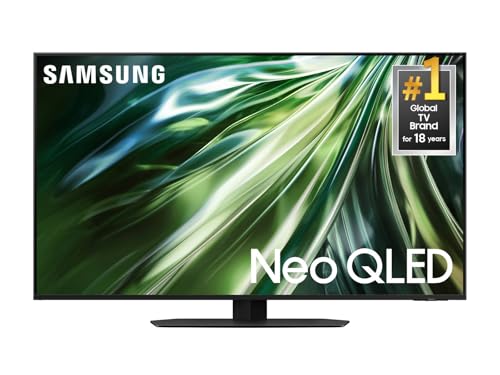Choosing a streaming device can be a bit confusing, especially when you have options like Chromecast and Roku on the table. Both devices promise to make your streaming experience more enjoyable, but they come with their own sets of features. This blog post will walk you through what each device has to offer, how easy they are to set up, and how they compare in terms of price and hardware options. We’ll also look at what kind of control options you can expect. By the end, you should have a clearer idea of which streaming device might suit your needs better.
Feature Comparison and Setup Options
When looking at streaming devices, Chromecast and Roku each bring their own set of features. Initially, the Chromecast only allowed users to stream content directly from a mobile device or computer to the TV, acting as a bridge between the two. These days, if you are looking to cast media from your phone to your TV, a Chromecast is still the best way to do it. That said, current Chromecast models can also have streaming apps added via Google TV, allowing you to stream directly from the device.
Roku, on the other hand, focuses on a more traditional remote-based interface with a standalone operating system, providing access to a wide range of streaming apps directly from the device itself. This can be convenient for those who prefer not to rely on a separate device for streaming. That said, you can also cast some media to your Roku device from your phone.
Setting up these devices is straightforward, though the process differs slightly between the two. Chromecast requires plugging it into the HDMI port of a TV and connecting to the Wi-Fi network through a mobile app. The setup involves linking the device to a Google account, which some users might find adds a layer of complexity. Roku setup also involves connecting to the TV via HDMI and logging into the home Wi-Fi. It comes with an on-screen setup guide, which some might find more user-friendly, especially for those who prefer using a remote control for navigation. Both devices aim to make the viewing experience as simple as possible for users.
Price Comparison and Hardware Variations
When considering streaming devices like Chromecast and Roku, it’s important to compare their prices and what you get for your money. Chromecast only has a few models, with prices starting at the lower end for basic options. These budget models provide a simple way to stream content without extra features. Roku also has budget-friendly options, often at similar price points, which include devices that come with a remote and support a variety of apps. Both brands offer good value, especially for those looking for basic streaming capabilities without spending too much.
For those who care about TV resolution, both Chromecast and Roku offer devices that support different resolutions. Chromecast has models that handle high-definition content, as well as those that support 4K HDR for a sharper picture. Roku provides similar choices, with their lineup including devices that range from HD to 4K support. When choosing, it’s important to consider the resolution of your TV to make sure you are getting the most out of your streaming device. This way, you can match the device to your TV’s capabilities and enjoy the best picture quality available.
Account Connection and User Viewing Experience
When using Chromecast, tying the device to a Google account is necessary. This means that users need a Google Account to set up and use the device. This connection allows for personalized recommendations and quick access to Google services, like YouTube and Google Photos. It might be convenient for those already using Google’s ecosystem, but for someone without a Google account, it could be seen as an added step. Meanwhile, Roku also requires a separate Roku account for your device, but this doesn’t need to be tied to your Google account.
In Summary
Deciding between Chromecast and Roku really comes down to what you prefer in a streaming device. If you like using your phone or tablet to control what you watch and are already familiar with Google’s services, Chromecast might be a good fit for you. It offers a flexible way to stream content from different devices or apps. On the other hand, if you prefer a more traditional setup with a remote control and a straightforward interface, Roku might be more your style. It provides a wide range of apps directly on the device, which can be convenient if you don’t want to rely on another gadget for streaming. Both options offer various models to suit different budget and resolution needs, so think about what matters most to you in a streaming experience.


